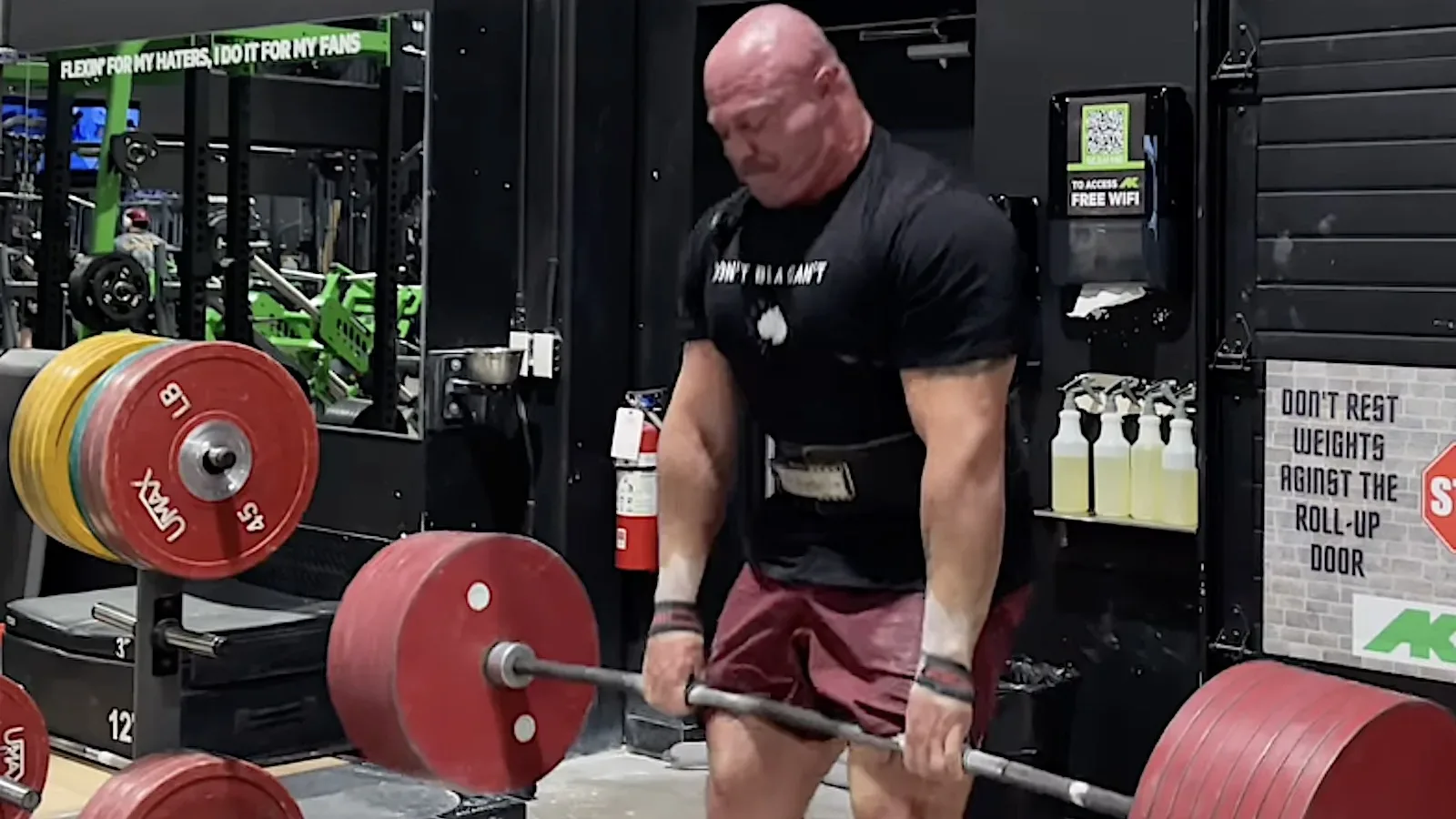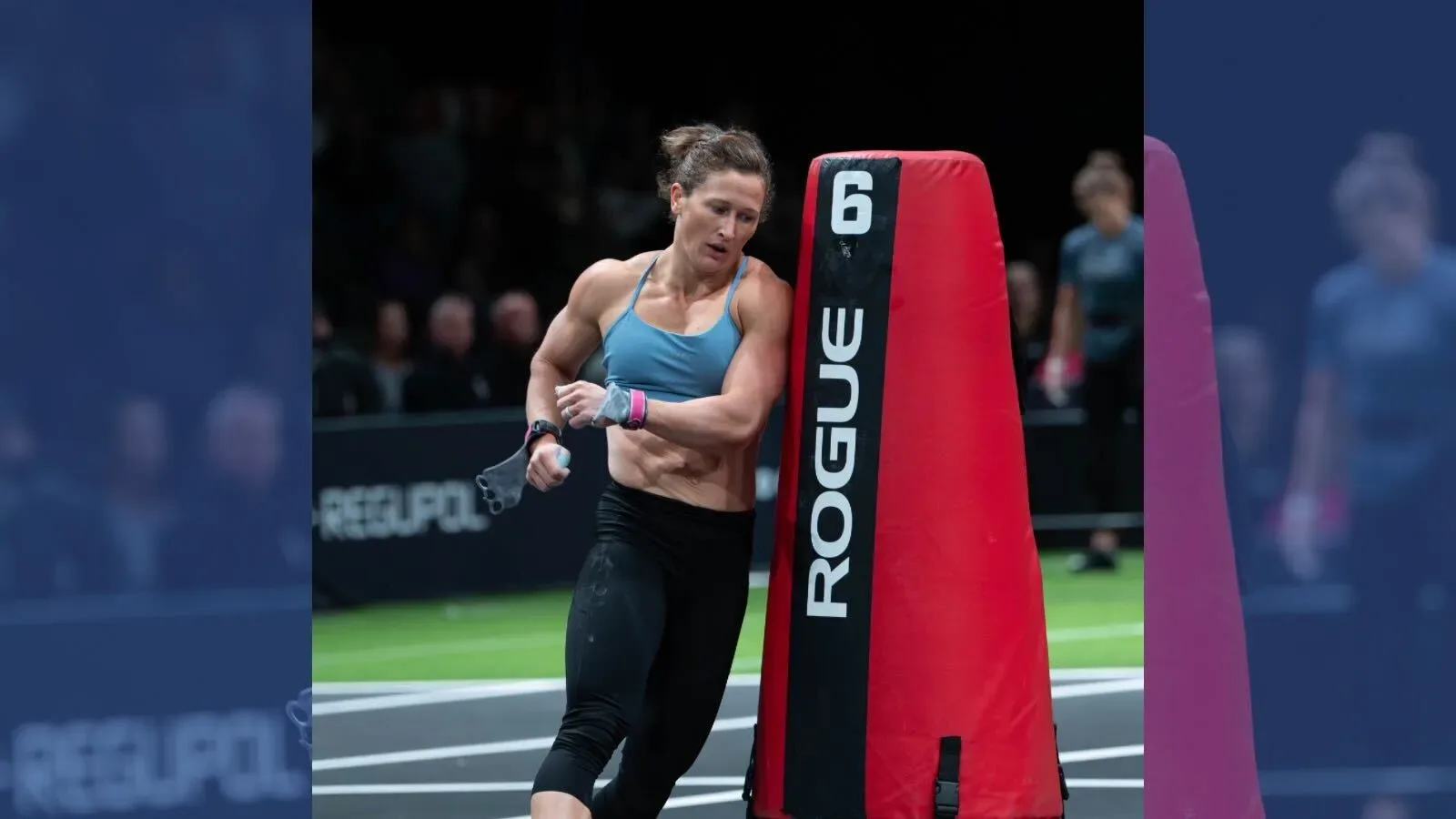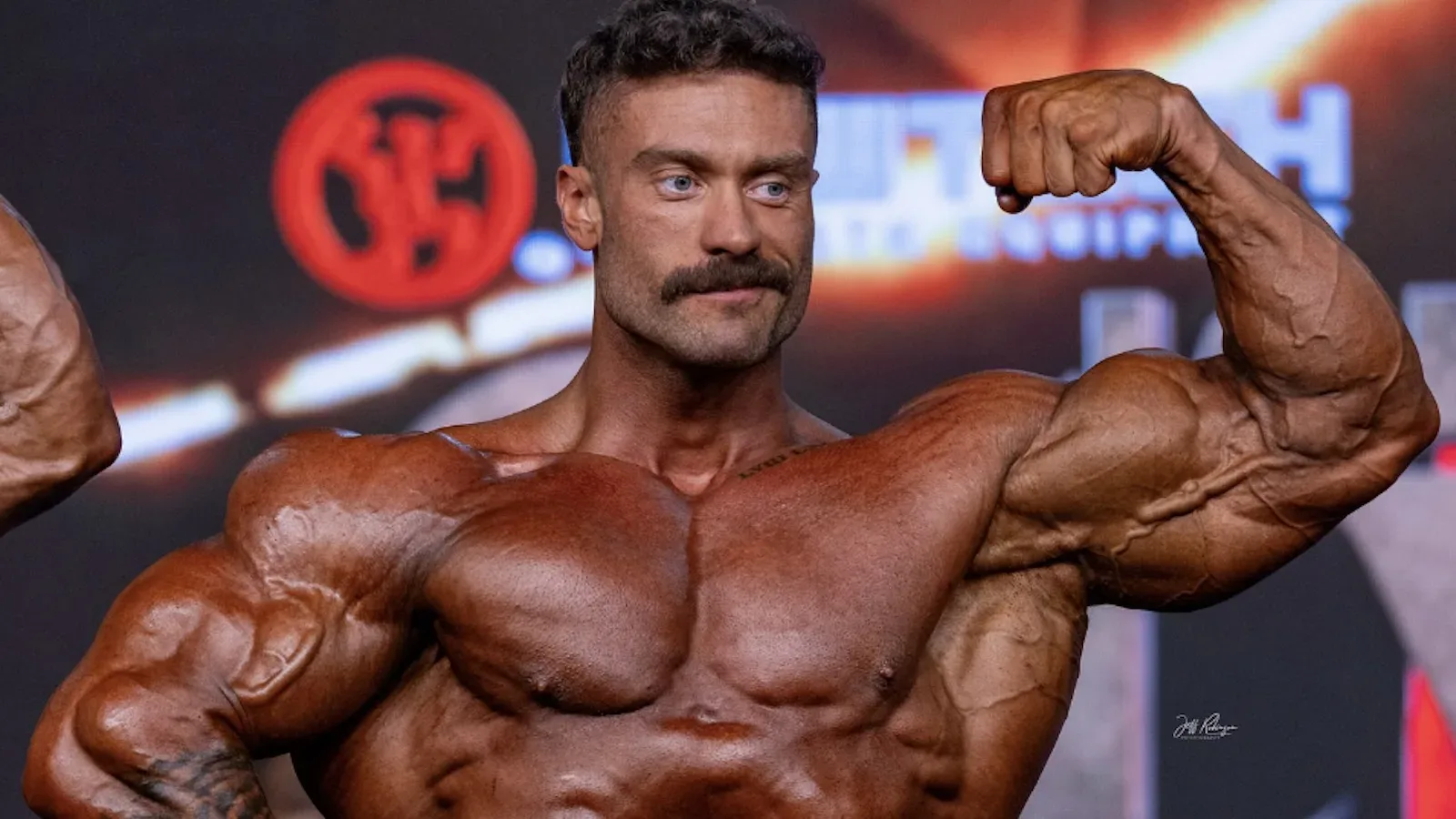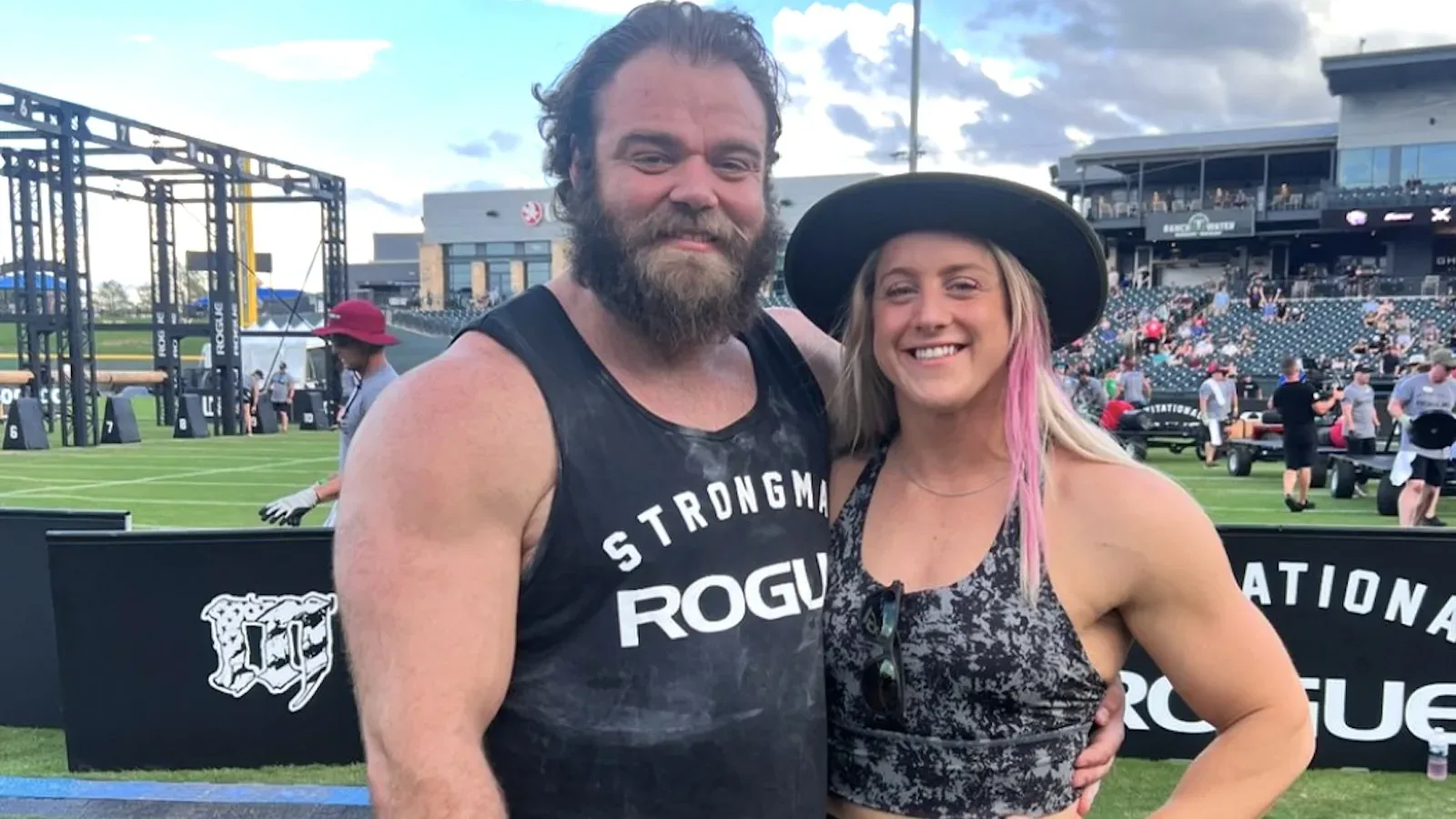Strongman Mitchell Hooper Challenges Common Myths About Deadlifting and Lower Back Pain
Deadlifts are often considered the “king of all exercises” due to their ability to build muscle mass, enhance full-body strength, and improve functional movements. However, many individuals experience lower back pain when performing this exercise. Does this mean that deadlifting should be avoided? Strongman Mitchell Hooper, the only athlete to have won the World’s Strongest Man, Rogue Invitational, Arnold Strongman Classic, and Strongest Man on Earth titles, recently shared his insights on this topic.
Hooper challenged the advice of strongman Robert Oberst, who claimed that if one’s goal is not specifically to become a better deadlifter, then they should not do the exercise, as the risk-to-reward ratio is “a joke.” Hooper disagreed, stating that the deadlift engages a crucial human movement pattern – the hinge. He explained that the human body can perform six fundamental movement patterns: push, pull, squat, carry, hinge, and overhead press. If any of these factors become problematic, one may experience a level of disability.
Hooper identified three areas where improper execution can lead to injury during a deadlift: intra-abdominal pressure, the strength of the spinal erectors, and the soft tissues of the lower back. He referenced a study that observed millions of people experiencing lower back pain in 2020, which was attributed to non-specific lower back pain rather than deadlifts.
Interestingly, Hooper cited studies that suggest deadlifts can actually benefit rehabilitation and alleviate lower back pain, particularly for individuals with weak back extensor strength. He advised those with weak back extensors to incorporate hinge-based movements to reduce the risk of injury.
Hooper emphasized that any exercise, when performed incorrectly, can lead to injury. He referenced a CNN health article titled “10 Dangerous Exercises That Lead to Injuries,” highlighting that there are no universally “good” or “bad” exercises, as it depends on the individual’s abilities and training.
“There are no universally ‘good’ or ‘bad’ exercises, as it depends on the individual’s abilities and training.”
In conclusion, Hooper recommends focusing on the six fundamental movement patterns to become a stronger athlete, and using introspection to address weaknesses during training to optimize functional capacity. The evidence suggests that deadlifts can be a valuable exercise, but proper execution is crucial to avoid potential lower back pain.
🔗 Source










